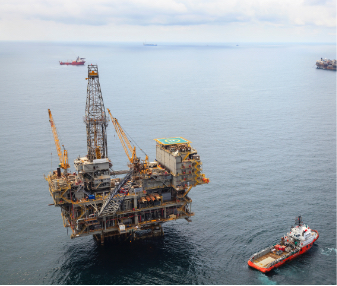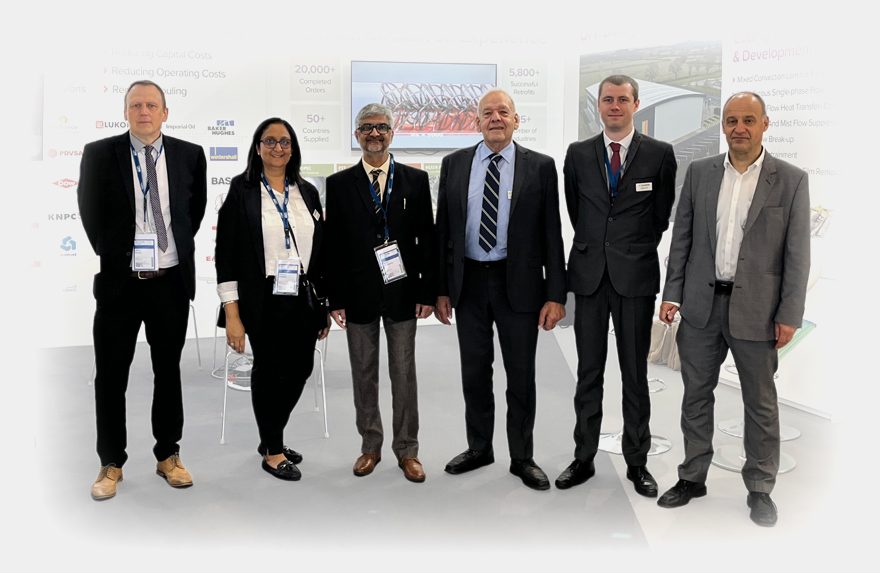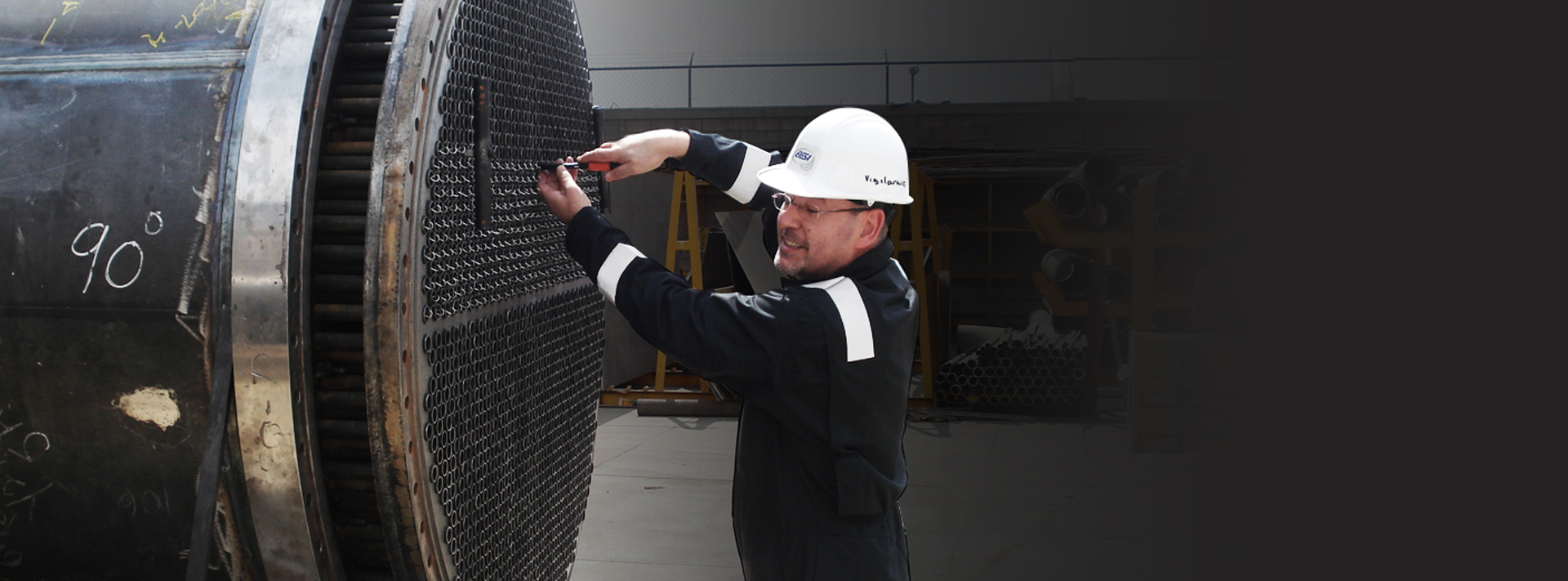Reducing costs upstream
This is one example of the critical issues that affect offshore processing and one that can be improved upon by CALGAVIN®’s products. CALGAVIN has worked with global players such as Shell, ONGC, TotalEnergies, INEOS, Exxon Mobil, PEMEX, PTT and more, who have all benefitted with enhancement achieving a reduction in costs.
Production profits from the offshore industry are directly affected by the current price of oil. For this reason, there is constant pressure to minimise production costs often in investment when oil prices are high. CALGAVIN’s product hiTRAN® Thermal Systems will give benefits for critical applications, such as reduced size of heat exchangers, reduced number of units, reduced plot space/weight and improved product quality.
* Source: Water control Schlumberger

Offshore applications

Wet/dry crude
heat exchangers
The removal of water from wet crude involves the heat recovery process of dehydration. Within such units high viscosities operate, resulting in laminar flow ideal for hiTRAN application.

Produced
water exchangers
Close temperature approaches occur within standard designs resulting in internal temperature crosses. hiTRAN allows for single-pass design and operation in laminar flow due to low flow velocities.

Dry crude
heaters
Laminar flow occurs for such crudes, and the controlling heat transfer is limited on the crude side when being heated by water, ideal characteristics for hiTRAN.

Glycol dehydration
processing
Glycol provides absorption dehydration of gas streams. In general, glycol is viscous in nature and will operate in laminar to transient flow, giving rise for hiTRAN enhancement.







